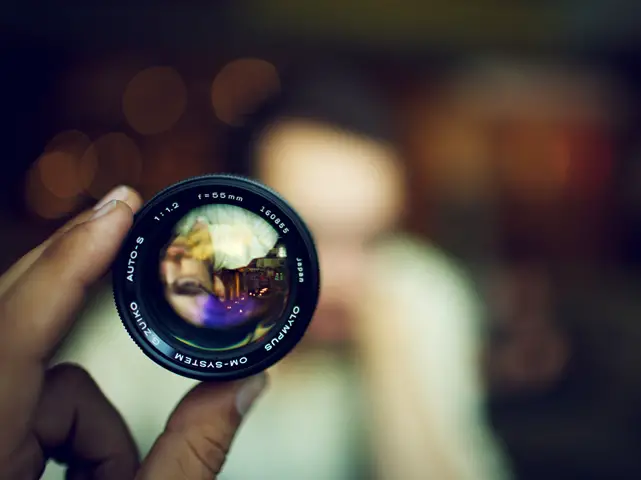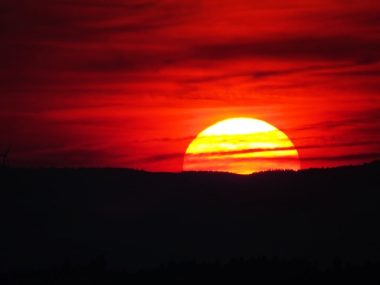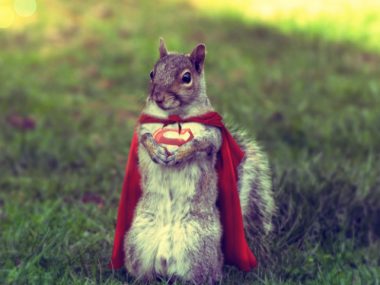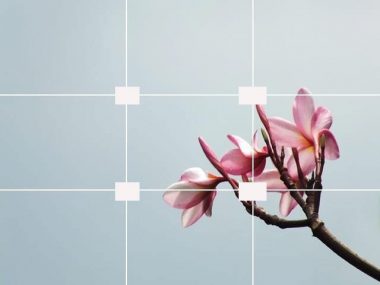It’s easy to become a photographer, but how many photographers have actually learned about the factors that affect depth of field (i.e. how much sharp and how much blurred the photo is) is necessary to understand. In fact, these factors have great impact on depth of field as compared to aperture.
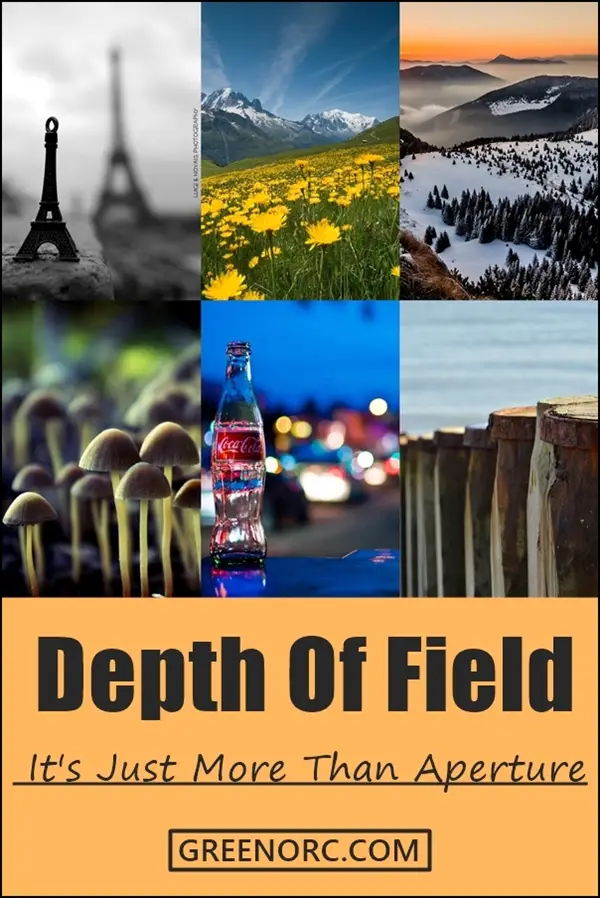
- The first important factor that controls the depth of the field is the focal length – The longer the lens, the shallower the depth of field. That is why it’s highly recommended to landscape photographers to go for actual wide-angle lens rather than just 18 mm kit lens.
- The second main factor is the subject-to-lens distance – The closer you get to your subject, the shallower the depth of field. Intelligent macro photographers use a high aperture value to increase the depth of field.
- The last but not the least factor is the actual distance between the subject and the background – Suppose, you are taking photo of a newborn baby, then it’s difficult to make the blanket behind the baby’s head look blurry because it’s too close to the focus point i.e. baby’s face.
- The unbelievable intimate animal shots we’ve gathered here in this post will prove that they are capable enough to be loved and feel compassionate just like we are….so cute, really!
Depth of Field : It’s Just More Than Aperture
All these factors state that depth of field: it’s just more than aperture and if you are not getting sufficient shallow depth of field, it’s better to choose the lowest aperture, stand close to the subject and increase the distance between the subject and the background.
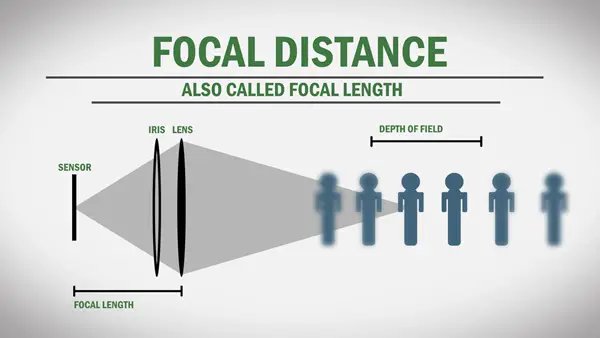
Are you looking for ideas to achieve better ‘Depth of Field’? After all, Depth of Field is the distance between the nearest and farthest objects that appear in focus position in a photograph. Here, we are going to present few examples for deep understanding of depth of field: it’s just more than aperture.
Photo of a crocus and the brick building in the background!

This is an excellent example of a situation where a deep range of things in the focus makes the photo look better. Moreover, using a high aperture number such as f/16 or f/22, a wide-angle lens will help in creating deepest Depth of Field.
Beautiful Landscape!
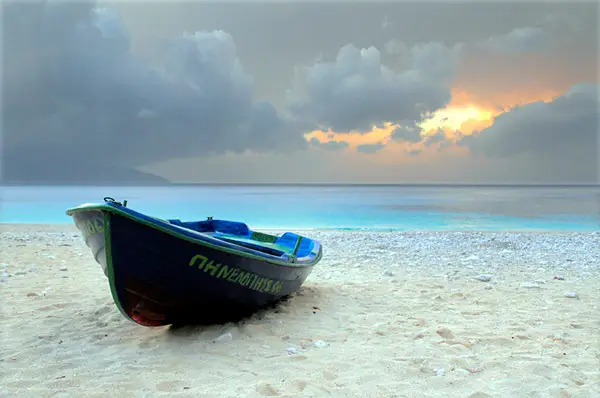
Landscape photography is a tough thing to do…we all knows very well! This type of photography requires composing your photo with objects both close and far from your camera, so in such situation large Depth of Field is usually desirable.
The ultimate reflection of the sun into the water attractively connects the top of the photo with the bottom of the photo in a simple way. From white balance to lighting, from focusing to composition, the following shooting Key Tips To Achieve Expertise In Photography are here!
Landscape Reflecting Nature combined with Yellow Flowers!
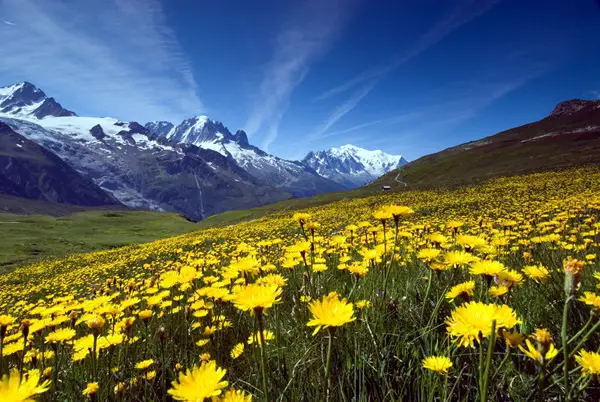
Sometimes, it may happen when you don’t want the distant objects in your landscape photography to be interestingly in focus. The yellow flowers placed at a distant from blue sea create a nice balance and blue color of the sea makes a good contrast with the yellow flowers. Here, the depth of field: it’s just more than aperture.
Captivating Fall Landscape Photograph!
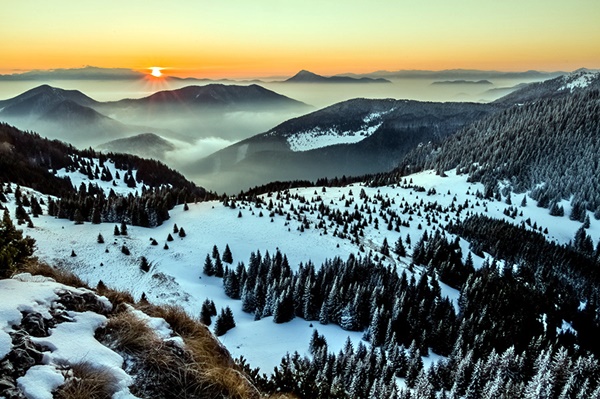
The other great example of landscape photography depicts that several areas of interests are combined into one single composition. One can easily look fall colors mixed in with the areas of rock and the dark reflections in the water create fabulous pathways, so that our eyes could easily found them.
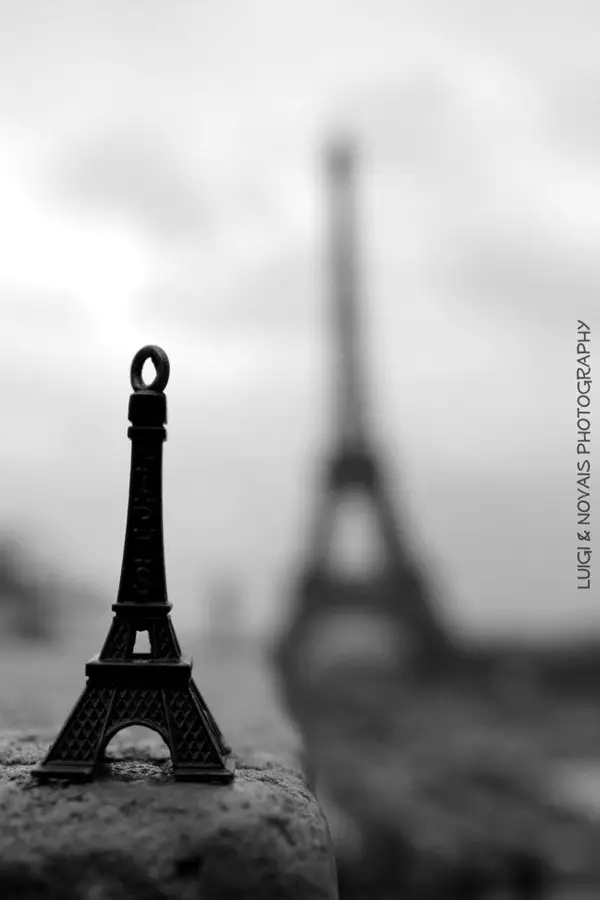
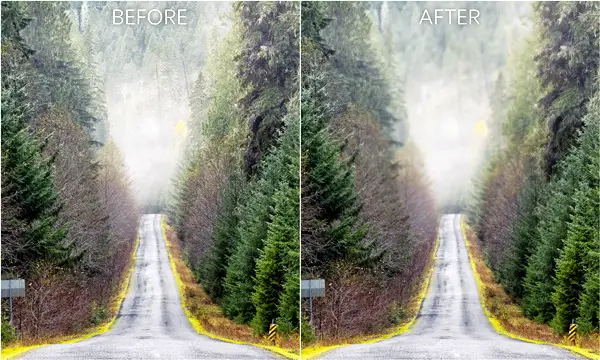
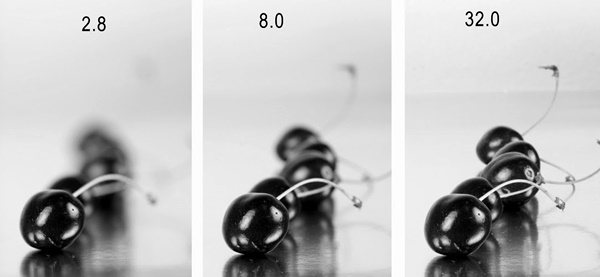
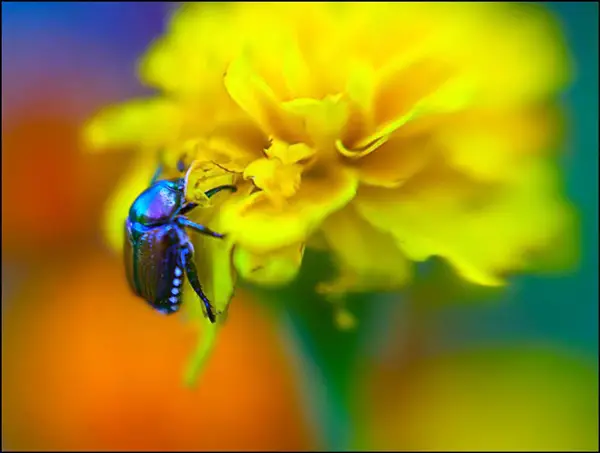
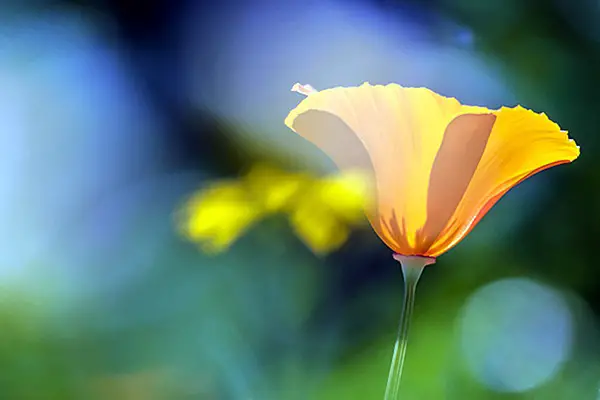
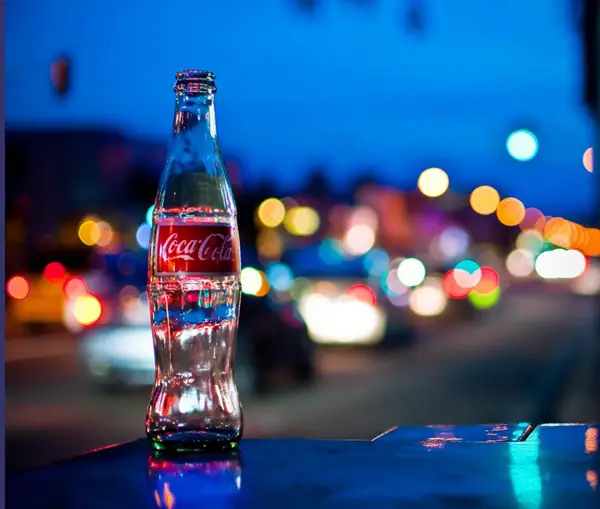
Isn’t it, having pathways for our eyes to see and travel on within an image makes it more interesting to spend a little more time viewing it’s mind-blowing charm. The Beautiful pictures of Great Wall of China will tell you about China’s culture of nation’s pride, legends, grand projects, but also shows china’s extravagant architectural images and creativity.
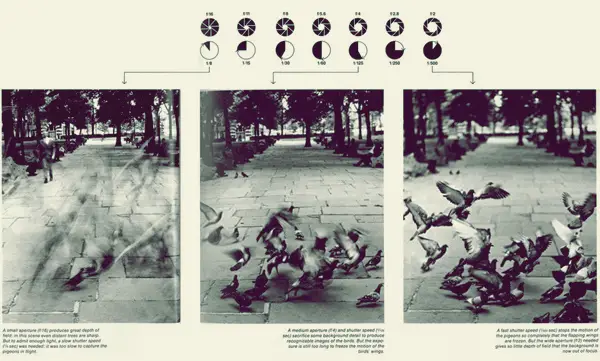
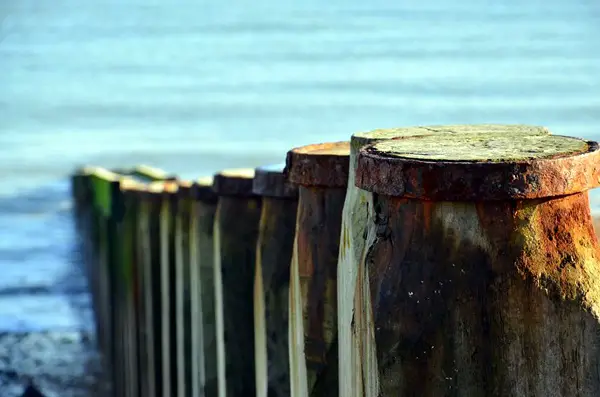
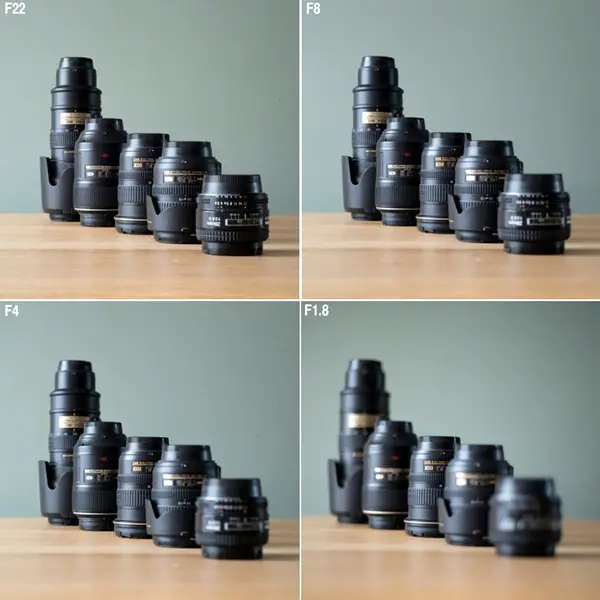
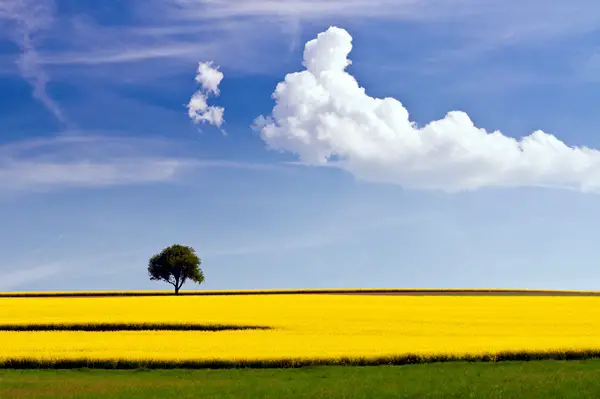
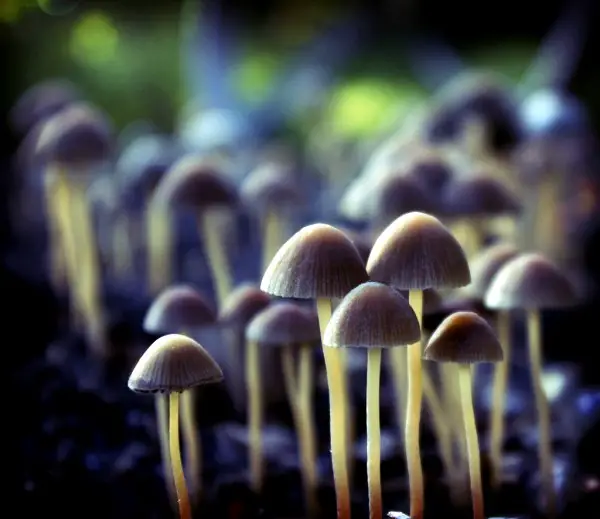


At the end, we would like to highlight one more term stating depth of field: it’s just more than aperture – ‘Depth of field decreases with increasing focal length’ meaning – if subject distance remains the same, a long less gives less depth than a short one.
